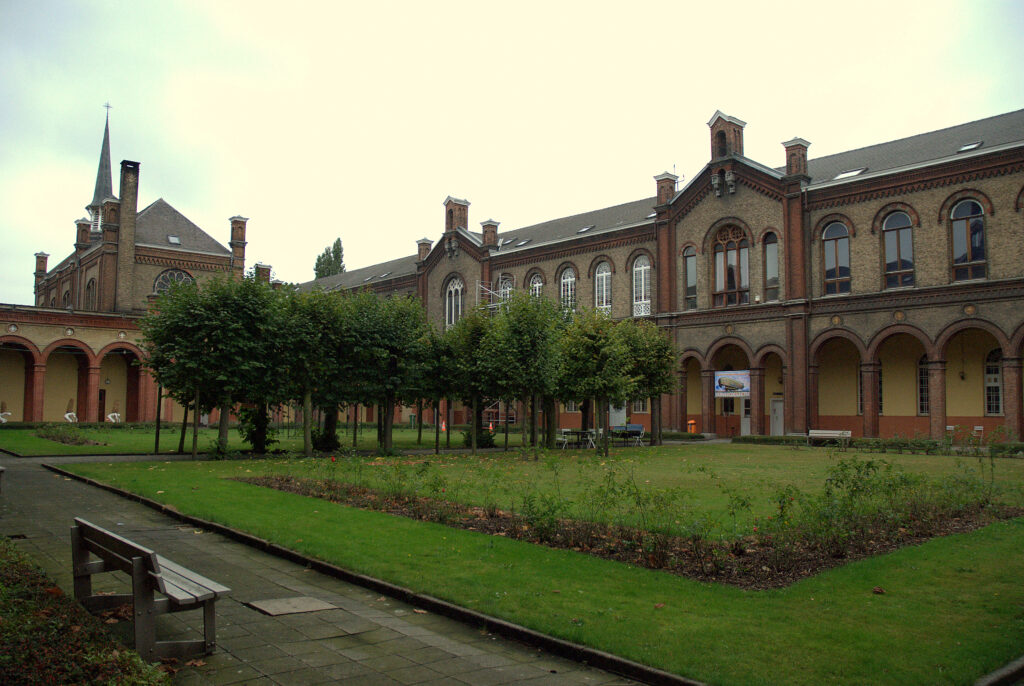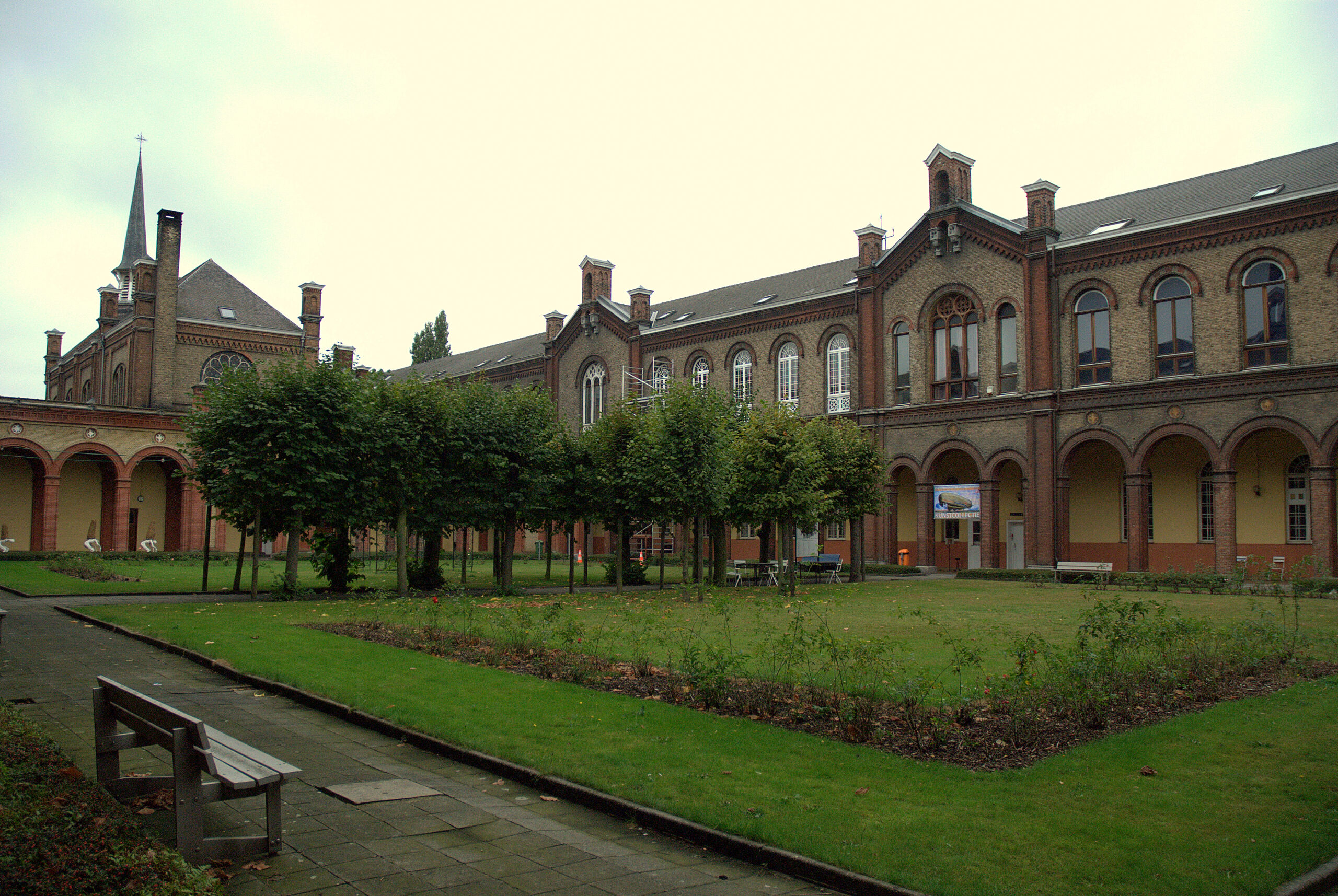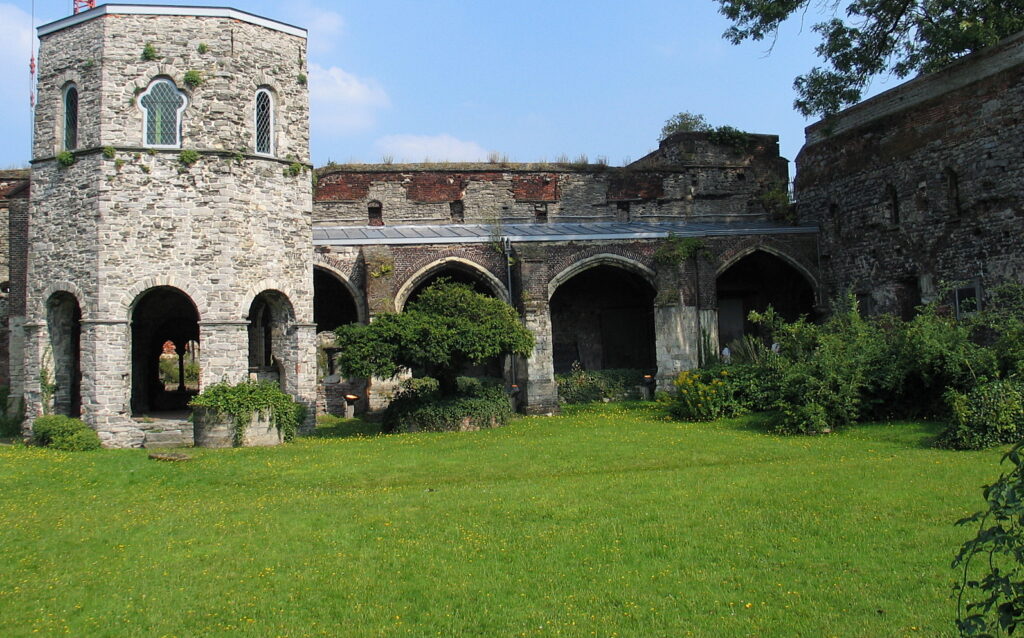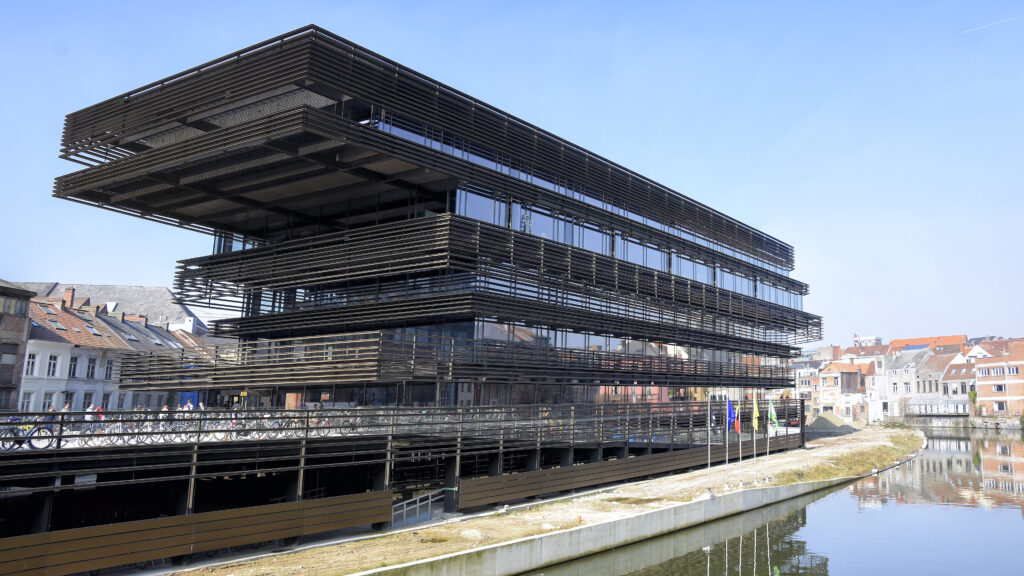
Housed in the oldest asylum in Belgium, dating back to 1857, this museum — initiated by the visionary Ghent physician in 1986 — offers a permanent collection tracing the evolution of psychiatry and the history of the treatment of mental illness.
Galerie photos
About the building
In 1857, the impressive site that today houses the Museum, Psychiatric Center and Dr. Guislain Training Institute was inaugurated as the Hospice for Mentally Ill Men, attracting attention beyond the borders of Ghent. Nicknamed the “Guislain Hospice,” the establishment was praised as a major step forward in the humane treatment of mental illness, linking its history to the evolution of psychiatry both medically and socially.
Its founder, Professor Joseph Guislain (1797–1860), a pioneer of modern psychiatry, regarded architecture as a reflection of his approach to treating mental illness. He advocated institutional placement as a crucial therapeutic element and imposed strict conditions for the construction of the new hospice, including its location outside the city in a peaceful environment. The project, carried out in 1852 by architect Adolphe Pauli according to Dr. Guislain’s guidelines, combined Neo-Romanesque, Neo-Gothic and Neo-Renaissance styles, creating the first true mental asylum in Belgium.
Beyond its architectural value, the psychiatric center is a historical testimony to the evolving understanding of dementia. The site was officially recognized as a monument in 1999 by the Flemish Community, preserving an important part of the history of psychiatry.
The collections
The treasures of the Dr. Guislain Museum are presented in two captivating sections: the history of psychiatry and the art collection, the latter being on permanent display. The medical collection originates from a modest “basic collection” of historical objects preserved at the Dr. Guislain Institute. Most of this collection was acquired by the Museum through purchases, donations or bequests. Remarkably diverse, it includes objects linked to the pre-psychiatric era, the pre-Freudian stages of science, and biologically oriented psychiatry. The photographic collection — initiated in 1850 by the Scottish psychiatrist Dr. Diamond — played a crucial role by offering a more “objective” view of mental illness, helping to establish a true “typology” of psychiatric disorders. Continuing this tradition, the Museum also regularly acquires works by contemporary photographers.
The second part of the Museum’s collection is dedicated to outsider art, or art brut. This category encompasses spontaneous, unconventional works created by artists on the margins of the professional art world or society at large. It includes creations by psychiatric patients, people with limited mental abilities, individuals living in isolation who struggle to find their place in society, as well as creators who freely and playfully pursue their own path. Alongside outsider art, the Museum’s art collection features contemporary works related to mental health, highlighting artists such as Peter Granser, Gérard Alary, Jean Rustin, Koen Broucke, Philippe Vandenberg, Ronny Delrue and Marc Maet.






